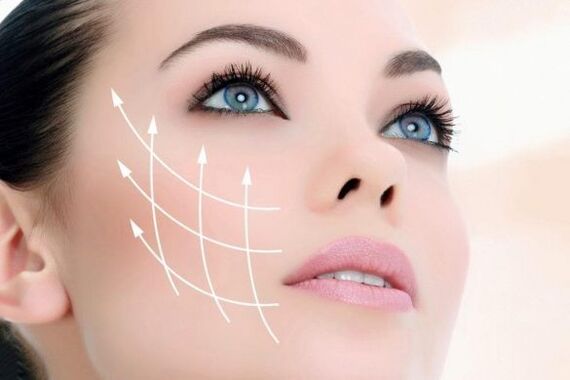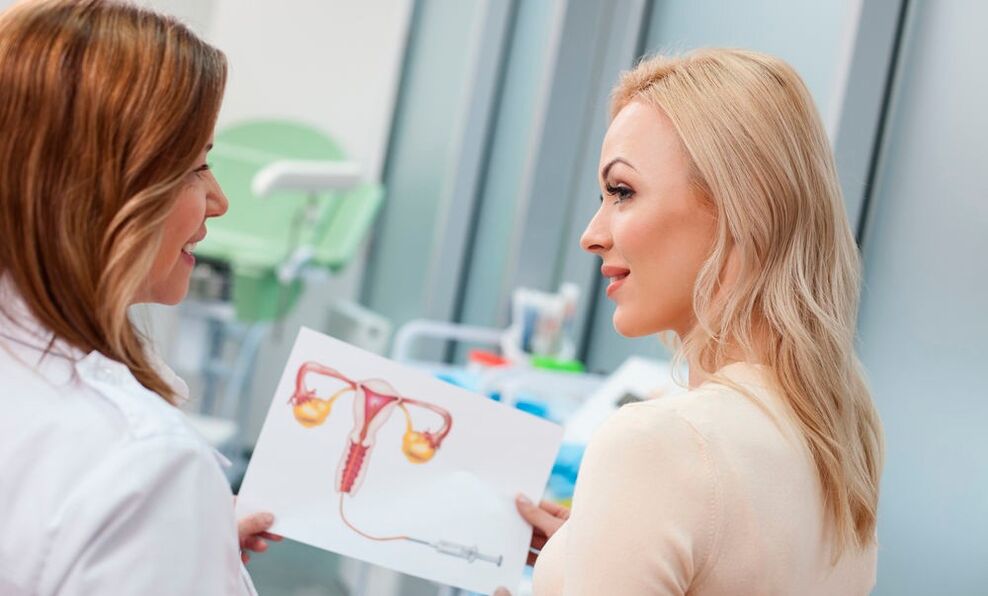You may want to see the results of the rhinoplasty (nose replacement) procedure right away, but the recovery process will take some time. During this time, a number of steps can be taken to speed up the process and ensure proper recovery.
Recovery time after rhinoplasty
The average recovery time after rhinoplasty is one year. This may seem like a long time, but it can be more manageable when divided into time intervals. The following steps for recovery from rhinoplasty may vary from patient to patient, but this is generally the case:
1 week after rhinoplasty:The atel applied during rhinoplasty surgery can be removed and you can go outside without showing any noticeable signs of nasal surgery as long as there is no caries around the eyes. This may take 2 weeks. It is safe to resume daily life.
2 weeks after rhinoplasty:After rhinoplasty, most of the swelling on the face was reduced and most of the bruises disappeared.
3-4 weeks after rhinoplasty:You can safely return to normal physical activities such as running, swimming and cycling.
6 weeks after rhinoplasty:The bones are stable, you can continue resistance exercises (lifting weights), wear glasses and touch your nose. Minimal injuries are no longer scary.
3-6 months after rhinoplasty:There should be no numbness and unusual sensations in the nasal region.
1 year after rhinoplasty:The healing process is complete - the swelling should disappear completely.
Is there a way to speed up this schedule after nose surgery? In fact, there are many things you can do to make your recovery from nasal surgery softer. We recommend the following:
1. Listen to your doctor

Follow your doctor's instructions first. You can read 100 of these articles on rhinoplasty restoration online, but nothing coincides with the information you get from your plastic surgeon. You will receive specific instructions on which medications to take, when to take them, how to care for the area of surgery to prevent infection, and when to return for another examination.
2. Listen to your body
Your plastic surgeon will be able to see how you recover from rhinoplasty, but only you will know how you feel. Listen to your body - if something goes wrong immediately after a nose job, talk to your doctor right away.
3. Raise your head for days or weeks after rhinoplasty

Sleeping sideways after rhinoplasty is not just a concern - it can shorten the healing time by preventing additional bruising and swelling. To avoid surprises after rhinoplasty, you should keep your head high for 6 weeks after the operation. One of the easiest ways to do this is to raise your head to two or three pillows. You can also sleep in a reclining chair. If you tend to move while sleeping, you can keep your head in place with a travel pillow or cover it with rolling towels.
4. Use cold compresses after rhinoplasty
Using a cold compress for the first 72 hours after nasal surgery can help reduce swelling. Be careful not to apply the compress directly to your nose. Place it on your cheeks to prevent bones or cartilage from moving accidentally.
5. Get plenty of rest after rhinoplasty
The blockage you feel after nasal surgery can make it difficult to fall asleep, but rest is a vital part of the recovery process. Your body uses energy to heal itself, and getting seven to eight hours of sleep each night gives your body time to recover.6. Maintain a healthy diet after rhinoplasty

What does eating vegetables have to do with recovery from nasal surgery? Very important, in fact. After a rhinoplasty, a balanced diet will help speed up the healing process by providing the body with the nutrients it needs to heal itself.
Protein is an important building block for skin, muscle, cartilage and blood. A diet rich in nuts, meat, eggs, yogurt, fish and other protein-rich foods will help your body repair damaged tissues in and around your nose.
You will want to make sure you get plenty of vitamins in your diet, ie vitamin A and vitamin C, vitamin A, which is very common in dark, green leaves such as spinach and cabbage, is an excellent immune booster. helps fight infections after rhinoplasty surgery. Vitamin C plays an important role in the regeneration of collagen, a protein that connects your skin tissues. Citrus fruits, Brussels sprouts and broccoli are good sources of vitamin C.
7. Calm down after rhinoplasty
Saunas, hot showers and the heat of the sun can be a lot of fun, but not so good for your swollen nose. The heat will cause the nasal tissues to swell further, so it is best to follow a cool, extensive diet, take a hot shower, and stay away from heat for a few weeks after rhinoplasty.
8. Do not blow your nose suddenly and profusely after rhinoplasty.
You may have difficulty breathing for weeks or even months after a nose job. This part causes swelling of the nasal tissues. Resist the urge to blow your nose and talk to your doctor about using nasal saline to gently moisturize your nasal passages until the swelling disappears. 6 weeks after the operation, you can continue to actively blow your nose.
What about sneezing? You just can't sneeze. Instead, try to sneeze through your mouth rather than through your nose. It sounds disgusting, but it is better than damaging the fragile nasal passages and delaying the healing process of rhinoplasty.
9. Avoid strenuous exercise after rhinoplasty

In most patients, recovery of the nasal bones takes about 6 weeks after surgery. During this period, you should avoid strenuous exercise. Even harmless movements such as stretching, lifting, or bending can increase nasal swelling. Wait for your doctor to give you the green light to return to normal activities after rhinoplasty before you begin to facilitate your workout.
10. Do not wear glasses after rhinoplasty
Sunglasses, reading glasses, prescription glasses - anything that puts pressure on the nose during treatment can cause additional cavities, swelling and even teeth that will require a second rhinoplasty.
Your plastic surgeon will tell you when to start wearing glasses again. In the meantime, switch to contact lenses if you can. If this is not possible, wear the lightest frames possible and only when necessary. If necessary, after rhinoplasty, you can put a studio under the glasses on your nose. Can be used with any glasses.
11. Stay away from the sun after rhinoplasty
It is always helpful to protect the skin from too much sunlight, but this is especially important after nose surgery. Excessive sun exposure makes the nose more prone to sunburn in the weeks and months after the procedure, but can also lead to darkening of the scars and more severe swelling.
12. Do not smoke before and after rhinoplasty
It is important not to smoke before and after nose surgery and, if possible, not to smoke a second time. The nicotine in tobacco products restricts blood flow, making it difficult for the body to recover and preventing it from healing with plastic surgery, especially nasal surgery.
13. Be especially patient after rhinoplasty!
First of all, be patient. You will recover and have the desired nasal surgery results - it just takes time. The above steps will not turn a one-year recovery process into a one-week process, but will help speed up the process and improve the postoperative outcome of rhinoplasty.
The recovery process after rhinoplasty is different for each patient. However, from the moment you schedule your first nasal surgery consultation, your doctor will accompany you at every step. If you have any questions about recovery or the procedure itself, do not hesitate to call your doctor or fill out an online contact form.
When it comes to rhinoplasty
When nasal surgery does not give the desired result, it can be very frustrating. You can face this terrible problem after spending a lot of money and dealing with a long and inconvenient recovery.
Anyway: you are not alone. Approximately one-third of patients are consulted about any correction of the nasal plastic or the possibility of re-surgery.
The good news is that in some cases it is possible to achieve the desired look by non-surgical methods. But when it comes to revision nasal aesthetics, follow these five steps to prepare for a revision nose surgery.
1. Make sure your nose is completely healed after the first rhinoplasty

To withstand another operation, you must first completely recover your nose from the first nose operation. Waiting for a rhinoplasty revision usually takes a year. Early revision surgery cannot be justified because it does not solve all postoperative problems. For this reason, it is recommended to discuss the nasal revision procedure 12 months after the initial rhinoplasty.
2. Carefully choose a new facial plastic surgeon.
Revision rhinoplasty is more difficult than primary rhinoplasty because it can be a very complex problem that needs to be solved with nasal tissue. This requires a plastic surgeon with experience and knowledge to solve possible unexpected problems.
Certification as a specialist is very important, but a qualified revision surgeon must also actively continue his or her education.
Dr. Farrior writes of himself as follows: . . . . I use myself as an example of which doctor to look for: I have taught rhinoplasty and revision rhinoplasty at the national and international levels, and have published numerous articles and book chapters on the subject. In 2013, I was elected president of the American Academy of Facial Plastic and Reconstructive Surgery and a former president of the Florida FPS Society.
3. How to decide on a revision rhinoplasty schedule
Rhinoplasty can be relatively simple or very complex. It all depends on:
- What is the degree of abnormalities caused by the first nose surgery?
- How much nasal septum cartilage was removed during the first rhinoplasty?
- What are the characteristics of your skin.
- What is the passage of the nasal airways after rhinoplasty.
The only way to know exactly all of the above is to schedule a consultation. During the physical examination, your surgeon will be able to determine if there is a significant loss of structural support during primary rhinoplasty. If this happens, a cartilage graft should be performed with frequent nasal surgery. Such grafts, according to rhinoplastic surgeons, can be obtained from the septum, which is the best source of material for correction.
If the septic cartilage has been previously removed or damaged, it may be necessary to remove the cartilage from the ear or ribs. Each of these types of transplants has advantages and disadvantages that will be discussed during the consultation.

4. Get full information from your previous rhinoplasty surgeon
A plastic surgeon can say a lot by looking at your nose. However, in order to give you maximum information during the consultation, it is better to take and submit your pre-rhinoplasty photos and surgery summary from a previous surgeon.
I understand that this may be an inconvenient desire for some patients, but there is nothing embarrassing or forbidden here. A medical record is a property you share with your doctor, not the other way around.
5. Plan to reconsider the cost of rhinoplasty
Revision rhinoplasty usually takes 2 to 5 hours and is performed under general anesthesia. Limited physical activity is required for six weeks after surgery. After the operation, the rash will remain in place for eight days, and at the same time there will be some nasal congestion and swelling. More details on postoperative restrictions will be discussed during the consultation.
The cost is higher because the time and complexity of rhinoplasty is greater than the first rhinoplasty. Typically, revision rhinoplasty is 50-100% more expensive than primary rhinoplasty.
If your new nose is not what you expected, it's time to take the next step - get professional advice.




















